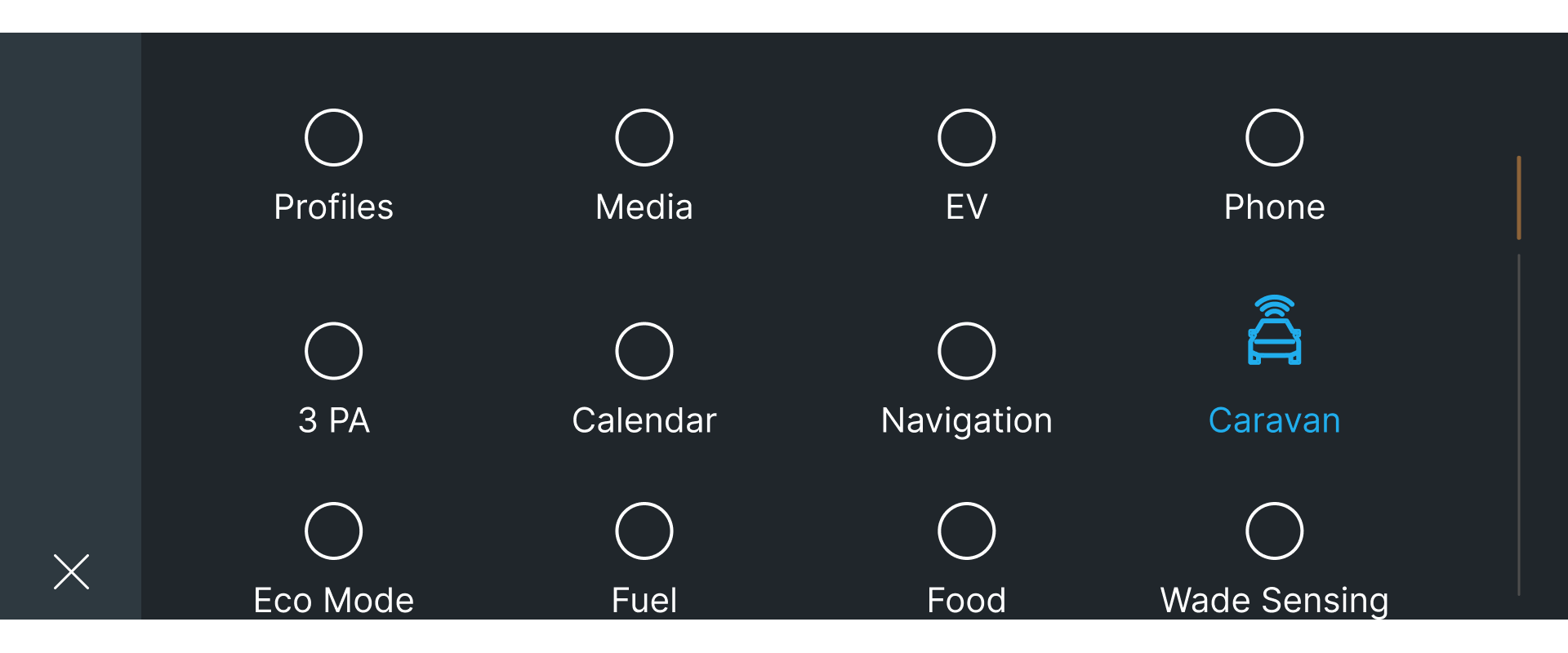Innovation derived from User Research Jaguar Land Rover
Summary
Mission
Design an in-vehicle app that allows vehicles to easily share routes, destinations, and waypoints to other connected vehicles.
My Role
As Lead UX Designer I designed all aspects of this project.
Discovery and Definition
Objective
Conduct user interviews to determine the usefulness of this product and the functionality to bring maximum value to users.
My Role
Utilizing a prototype, I conducted interviews and user testing.
Digital product value — quantifying the results
The results of Activity 3 were quantified for all participants. This allowed for the most desirable and least desirable features to be identified.
Primary “Happy Path” Screens










The Caravan functionality was added to the existing JLR mobile app, thus providing valuable out-of-vehicle functionality.


Outcome
Results
With a minimal amount of time and effort, I was able to communicate the concept and functionality of a new in-vehicle app.
By concentrating on the “Happy Path”, engineering could determine if the core app functionality was feasible.
This project demonstrated that insights gathered from direct user interviews can quickly and easily translate into new features and products.





